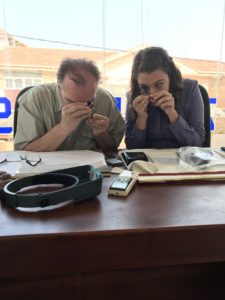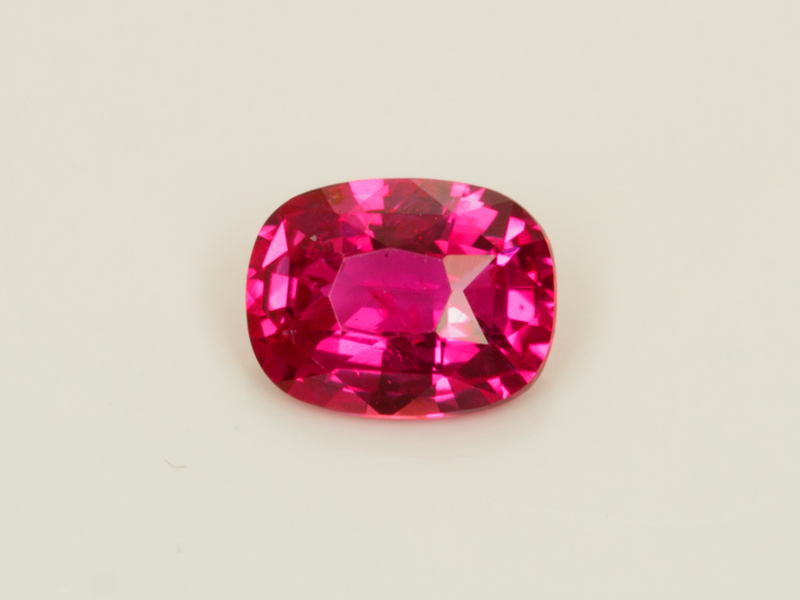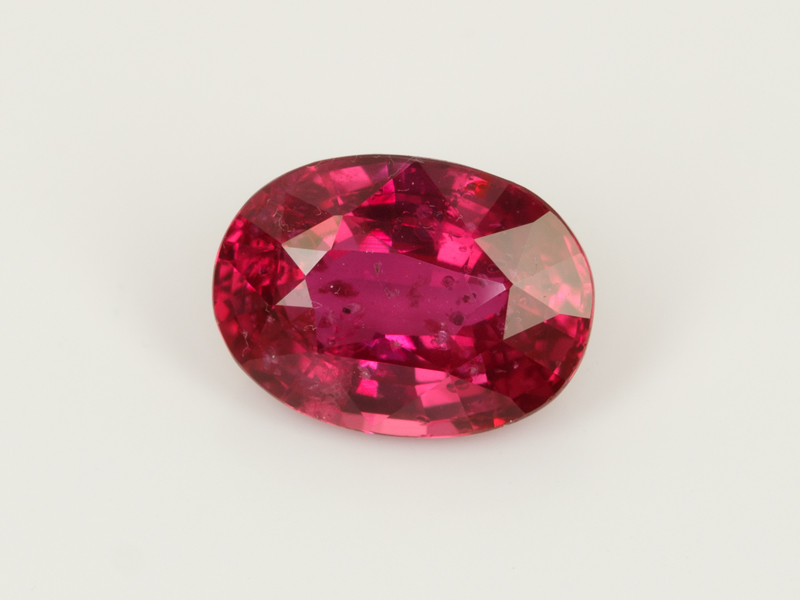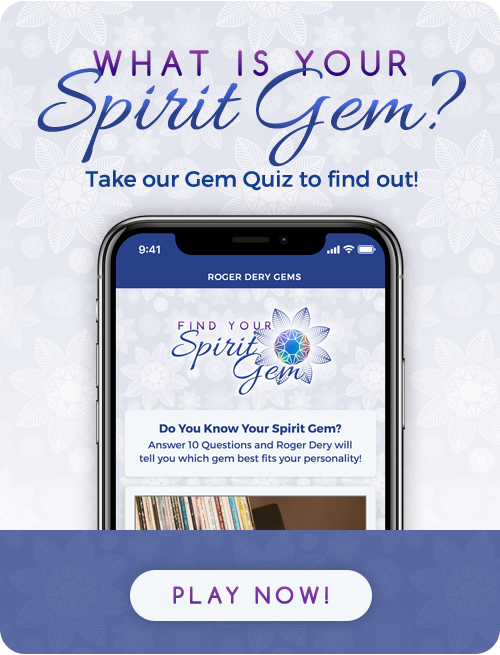A world history of legends, nostalgia, myths, and fantasies…
Roger says, “In ancient times, long before people knew how to facet gems, kings and royalty collected rubies as signs of their status and sovereignty. Even in our modern world, no other gem will ever match the tradition of Ruby. In my opinion, Ruby still embodies humanity more than any other gem.”
As humans, we connect deeply with the color red. In one single color, we find two sides, two personalities, two complexions. It is both Cupid and the Devil. Red encompasses the deepest passions that can run through the blood in our veins, while at the same time conjuring images of warfare and bloodshed. Red is home to two contrary emotions, sometimes at war with each other, sometimes motivating one another.
In ancient India, Rubies were given as a gift for those who wanted to live in peace with their enemies. In ancient Myanmar (then Burma) warriors wore rubies because they believed it made them invincible in battle. What a dichotomy.
We currently buy most of our rubies in Sri Lanka, which was known in ancient times as “Ratna-Dweepa,” meaning Gem Island. It has been estimated that 25% of Sri Lanka’s land has the proper geology for gems, making it one of the highest density of gem deposits countries compared to its land mass in the entire world. Today, Sri Lanka is a center for rubies coming from all over the world – our current favorites are from Mozambique!
Today, Rubies are found most commonly in Kenya, Madagascar, Mozambique, Myanmar (Burma), Sri Lanka, Tanzania, and Thailand.







